Category: Trends
Multifamily Trends
Over the last several years, multifamily housing has experienced significant growth and evolution, driven by shifting demographics, changing lifestyles, and the need for sustainable urban development. As we are actively renovating this type of real estate asset, it has become critically important to identify and understand the emerging trends that are reshaping multifamily housing. In this blog post, we will explore some of the hottest trends that are influencing the design, amenities, and overall living experiences in multifamily properties.
Quick Service Restaurant Construction Trends
The quick-service restaurant (QSR) industry is dynamic and competitive, constantly evolving to meet the demands of consumers. When it comes to QSR construction, several trends have emerged in recent years that focus on optimizing operational efficiency, enhancing the customer experience, and embracing sustainable practices.
Continue reading “Quick Service Restaurant Construction Trends”
